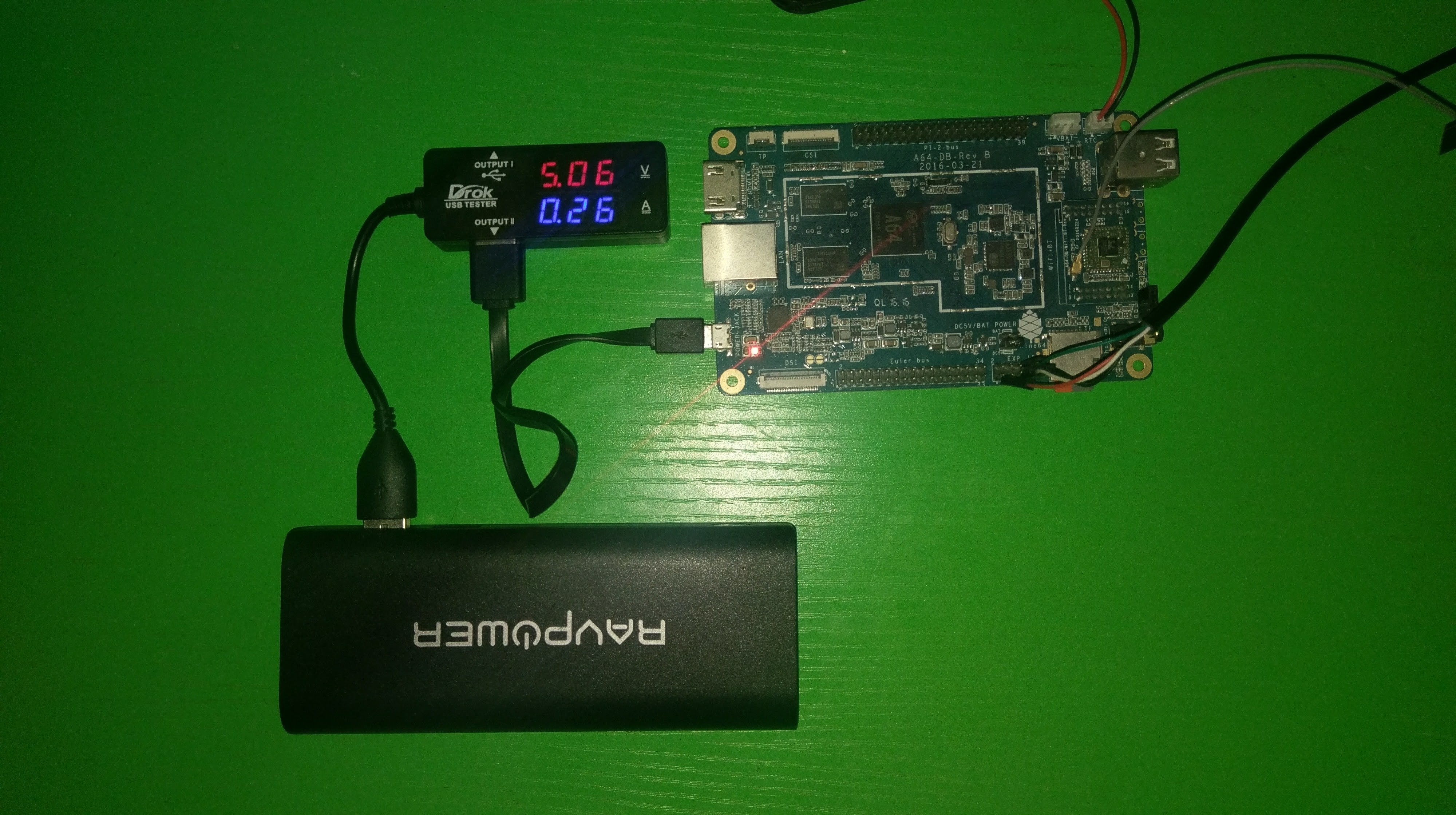Keeping a single board computer or Arduino powered without interruption tends to be a requirement for several projects, examples including a home automation system, media centre or an autonomous robot. Portable chargers are very convenient and readily available at various online and brick-and-mortar electronics stores. However, not all of them support passthrough charging, which is a feature where power is provided to a connected device while plugged in to a wall socket. The only caveat here is if the device being powered consumes more power than the wall or socket AC output,
I have spent some time looking for options and here are a few brands that you can consider if you’re looking for a portable passthrough charger.
RAVPower
Most of the RAVPower portable chargers I’ve come across support passthrough charging. I personally have experience with the 16750mAh charger and I can confirm that it works great. With several good reviews from buyers on Amazon, it looks like you cannot go wrong with this option.
RAVPower Portable Charger 10400mAh
Capacity – 10400 mAh
Outputs – 2 USB Type-A (2.4A, iSmart)
Max Input – 2A
Weight – 226g (0.5lbs)
Price – $21.99
RAVPower Portable Charger 16750mAh
Capacity – 16750 mAh
Outputs – 2 USB Type-A (2.4A, iSmart)
Max Input – 2A
Weight – 303g (0.67lbs)
Price – $31.99
RAVPower Portable Charger 20100mAh
Capacity – 20100 mAh
Outputs – 2 USB Type-A, 1 USB Type-C (2.4A, iSmart, 3A)
Max Input – 2A (micro USB), 3A (USB-C)
Weight – 381g (0.84lbs)
Price – $49.99
Anker
My first portable charger was by Anker, but I soon discovered that whenever I plugged the charger to AC, the power from the USB ports was shut off. Apparently, their earlier products supported this feature, but they decided to remove it due to possible issues with the difference between the wall charger output and the input of the device being recharged (see caveat above). However, there is the 5000mAh PowerCore Fusion which is a hybrid wall and portable charger with support for passthrough charging.
Anker PowerCore Fusion 5000
Capacity – 5000 mAh
Outputs – 2 USB Type-A (2.1A / 3A)
Max Input – 2A
Weight – 190g (0.42lbs)
Price – $20.49
Aukey
I haven’t had any experience with Aukey, but they do provide a number of portable chargers that support passthrough charging and they appear to be well reviewed on Amazon.
AUKEY 10000mAh Portable Charger
Capacity – 10000 mAh
Outputs – 2 USB Type-A (2.4A)
Max Input – 2A
Weight – 198g (0.44lbs)
Price – $25.99
AUKEY 20000mAh Portable Charger
Capacity – 20000 mAh
Outputs – 3 USB Type-A, 1 USB Type-C (3A)
Max Input – 2A (micro USB), 3A (USB-C)
Weight – 379g (0.84lbs)
Price – $39.99
AUKEY 30000mAh USB-C Portable Charger
Capacity – 30000 mAh
Outputs – 2 USB Type-A, 1 USB Type-C (3A)
Max Input – 2.4A (micro USB), 3A (USB-C)
Weight – 635g (1.4lbs)
Price – $59.99
EasyAcc
This is a lesser known brand with several options that have received a significant number of good reviews on Amazon.
EasyAcc 10000mAh Power Bank
Capacity – 10000 mAh
Outputs – 2 USB Type-A (3.1A)
Max Input – 2A
Weight – 272g (0.6lbs)
Price – $19.99
EasyAcc 15000mAh Power Bank
Capacity – 15000 mAh
Outputs – 3 USB Type-A (2.4A)
Max Input – 2A
Weight – 334g (0.74lbs)
Price – $28.99
EasyAcc 20000mAh Power Bank
Capacity – 20000 mAh
Outputs – 4 USB Type-A (3.1A)
Max Input – 2A
Weight – 408g (0.9lbs)
Price – $39.99
That is quite a number of options from 4 different brands, and there are probably more that I haven’t even come across. Feel free to comment if you’ve got experience with portable passthrough chargers and you’d like to share.



